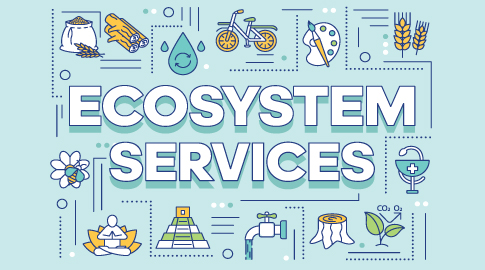Biophilic Design Patterns: Emerging Nature-Based Parameters for Health and Well-Being in the Built Environment
This paper explores the growing research on biophilic design patterns in architecture, highlighting potential future...
Read More →Application of Biophilic Design in Architecture
Application of Biophilic design in sustainable architecture is also part of this research paper. The aim of the paper is to asses...
Read More →Application of Virtual Environments for Biophilic Design: A Critical Review
Biophilic design as a new design approach promotes the integration of natural elements into the built environment,...
Read More →Biophilic design in architecture and its contributions to health, well-being, and sustainability: A critical review
This study conducts a literature review to discuss biophilic design as a theoretical framework to interpret ‘nature’ in architecture...
Read More →Green Hospitality: Exploring The Correlation Between Biophilic Design and Hotel Success In Delhi
This study investigates the correlation between biophilic practices and hotel performance in Delhi, focusing on metrics...
Read More →